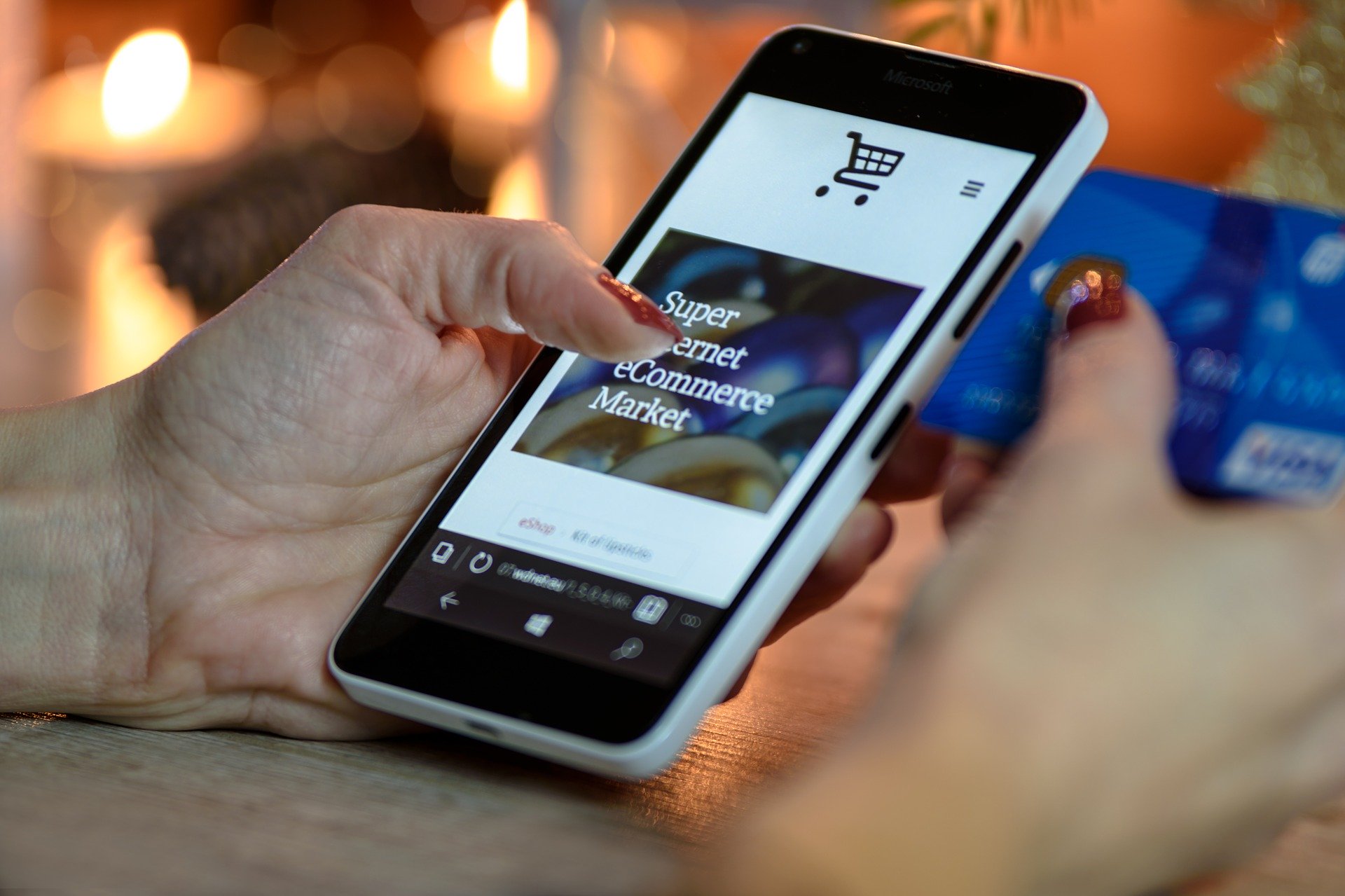
With the growing demand for mobile phones amongst consumers, the online retail industry has grown almost three times over the last 5 years. The Asian market is not far behind.
This short read will talk you through how mCommerce is shaping the online shopping landscape of the Asian market.
mCommerce takes over eCommerce in Asia
Just like everywhere else in the world, mCommerce has started to dominate the online shopping space in many countries within the Asian market.
In Hong Kong alone, between January 2019 to January 2020, there were 366 thousand new mobile phone users which is a rise of 2.8%. Mobile users in Hong Kong are responsible for around 50% of all e-commerce spend between January 2019 and January 2020, with expectations of the mCommerce market to continue growing within e-Commerce by around 2% each year.
The Philippines is one of the fastest-growing e-Commerce markets in Asia. The number of social media users increased by 5.8 million in just 9 months which is an increase of over 8.6% between April 2019 and January 2020. As a late bloomer, the Philippines is on its way to skip the mass desktop adoption before mobile devices, making it one of the most dominant mCommerce nations on Asia’s e-Commerce landscape. Between January 2019 and January 2020 alone, mobile connections increased by over 38 million which is an increase of 28%.
The importance of design in mCommerce
Year after year, the online shopping landscape has become more and more dominated by mobile devices. Since Amazon launched their shopping mobile application, over 40% of their site-wide purchases came from a mobile device. According to 99 Firms, mCommerce sales were responsible for 44.7%, a growth of 5.1% from 2018. With the growing demand for mobile devices, experts warn that this number is only going to grow, making it vital for digital businesses to adapt to mobile users if they desire to remain relevant in the digital space.
There are three core fundamentals that you must include in design when mCommerce is concerned.
Design simplicity
A simple design with minimal ‘fluff’ content has become the new norm in the market space.
While offering plenty of products on your home page on a desktop device is seemingly acceptable, that is certainly not the case on mobile devices. For instance, the space is extremely limited, making content space a lot more valuable. Stuffed website pages also tend to load slower on mobile phones which can seriously harm your website loading speed.
Nowadays, launching a new online shop without having a powerful user interface (UI) design is a dead-end, especially in Asia where mobile represent more than 50% of the sale for most businesses.
Micro-interactions
By nature, people love to get involved with everything going on.
Translating this behaviour into the digital space, internet users love giving their opinions and leaving/reading feedback on digital platforms. Thus, implementing micro-interactions into your eCommerce platform and providing a medium where users can express themselves will make your e-Commerce app more successful.
App security
Security is the number one thing that consumers want to be guaranteed before they do business with anyone on the internet. There isn’t so much doubt when doing business with millennial as they are used to spotting fishy sites from distance, however, the older generation is the hardest to convince. This makes the display of security measures a fundamental part of your mCommerce design if you desire to maximise your conversion efforts.
Social selling an option in Asia
The social media ecosystem in China as compared to the West is very different.
In fact, experts from Luxury Society state that China’s influencer marketing industry is between 3 to 5 years ahead of any other country in the world. This is mainly due to the advanced integration of social media and digital payments in Mainland China.
With the growing demand for online shopping and increasing consumer fatigue from social media influencers, online retailers in China have started to look for alternative methods into attracting customers back to their platforms, including the live-streaming and videos.
Moreover, brands are beginning to create their own hashtag trends and are encouraging their followers to exclusively participate.
Without a doubt, mobile phones are here to stay and with the growing daily demand for mobile phones, the eCommerce market that we knew just 10 years ago is no longer the same. Today, over 45% of all eCommerce is completed through mobile phones with statistics indicating numbers to increase year after year.

One Comment on “How mCommerce is shaping the online commerce in Asia”